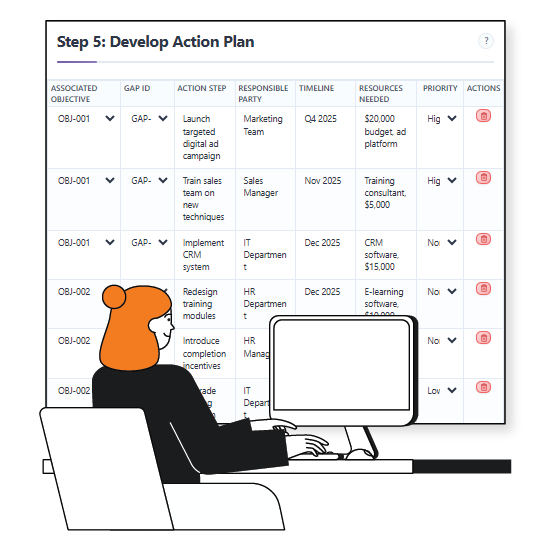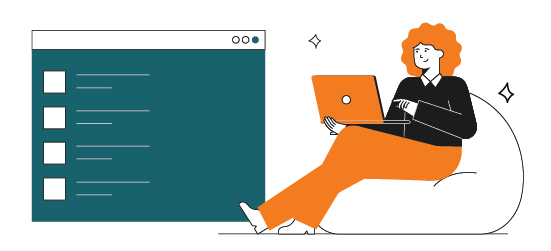Now Reading: Beyond the Boardroom: Using Gap Analysis for Personal Growth
-
01
Beyond the Boardroom: Using Gap Analysis for Personal Growth
Beyond the Boardroom: Using Gap Analysis for Personal Growth
Defining Your Personal Objective
Gap analysis isn’t just for business; it’s a powerful tool for personal and professional development. Individuals can use the same structured framework to chart their career path or achieve personal goals. The process begins with defining a clear, personal objective. This objective must be specific, measurable, and time-bound. Instead of a vague goal like “improve my career,” you would define it as something like “secure a promotion to team lead within one year,” or “learn to code in Python within six months to apply for a software development role.” This precise target is the “desired future state” that serves as your destination.
Assessing Your Current State

With your destination in mind, the next step is an honest and objective assessment of your current state. This requires you to evaluate your existing skill set, experience, and resources against the requirements of your goal. For a promotion, you would look at your current performance reviews, responsibilities, and the skills you use daily.
For a career change, you might assess your knowledge of the new field, the amount of time you have for learning, and any related skills you already possess. The “gap” is the difference between your current skills and the skills required for the desired position or goal.
Building a Targeted Action Plan
Once the gap is identified, you can develop a targeted and actionable plan to close it. This plan should be broken down into specific, manageable steps. For example, if you’ve identified a gap in leadership skills for a promotion, your action plan might include: “take a project management course,” “seek out a mentor,” “volunteer to lead a small project,” or “read three books on effective communication.” The key is to transform a large, daunting goal into a series of concrete tasks. By applying this structured, data-driven approach to your personal goals, you can move from vague aspirations to a concrete, executable plan for achieving your professional ambitions, making your path to success clear and measurable.
Leveraging Your Network and Mentors

Beyond just skills and training, closing a personal gap often requires leveraging your social capital. A mentor, for example, can provide invaluable guidance, sharing insights and experience that are not available in a textbook or online course.
They can help you identify blind spots in your self-assessment and provide a realistic view of what it takes to achieve your goal. Similarly, networking with people in your desired field or role can expose you to new knowledge and opportunities, making your path more efficient.
Your network can serve as a living resource, providing insights into the latest industry trends and offering unique perspectives on how to overcome specific challenges.
Tracking Your Progress and Adjusting Your Path
Creating an action plan is just the beginning. The most successful personal development journeys involve a continuous cycle of tracking and adjustment. You should regularly measure your progress against the goals and timelines you set, celebrating small wins along the way. Be prepared to be flexible; your “desired future state” might change as you learn more about your field or discover new passions.
The process of personal gap analysis is not a straight line, but a loop. It’s an ongoing conversation with yourself, where you continually assess your current state, measure your progress, and adjust your plan to ensure you’re on the right path.

